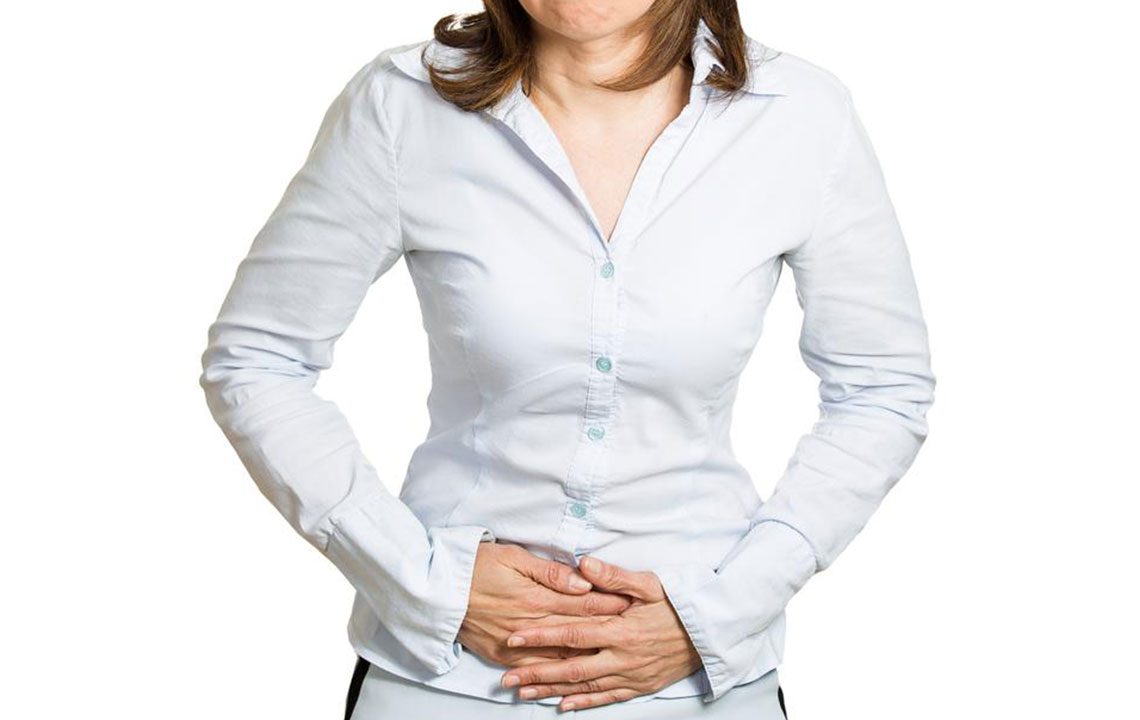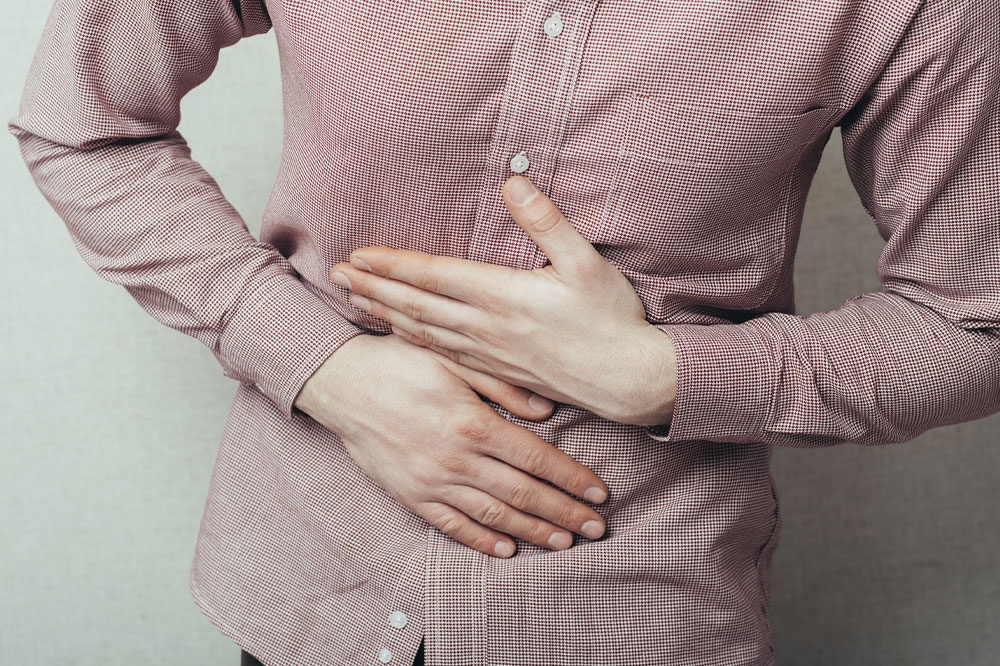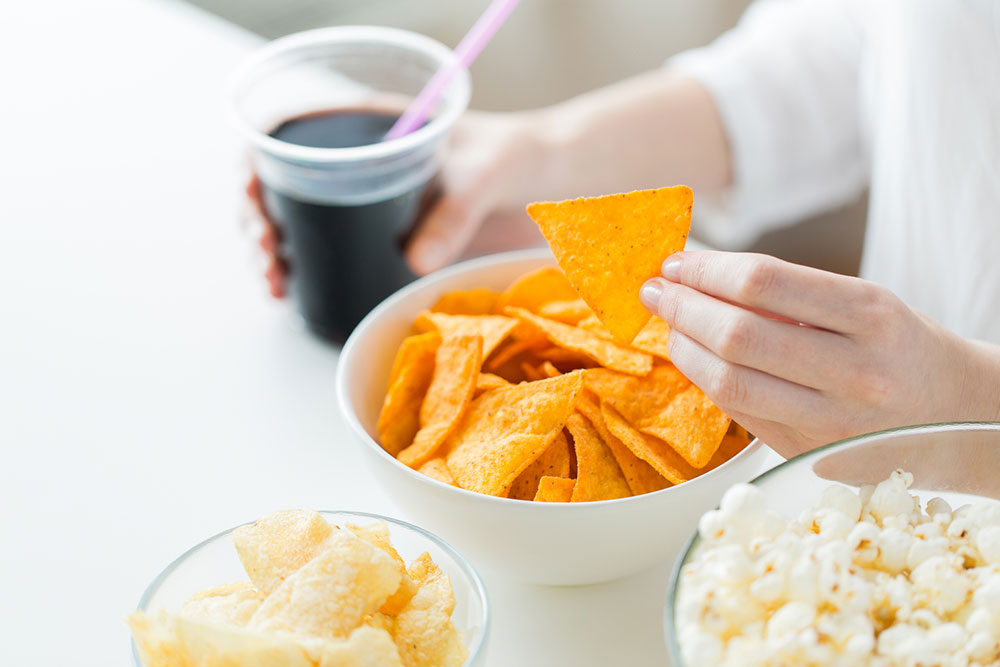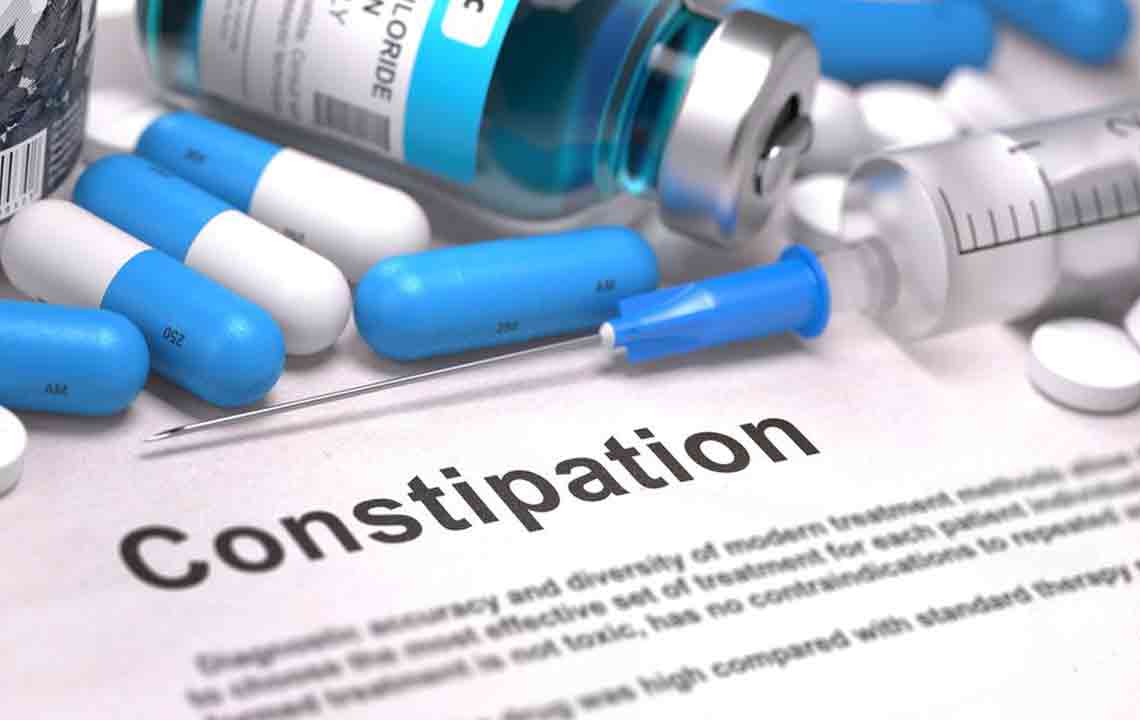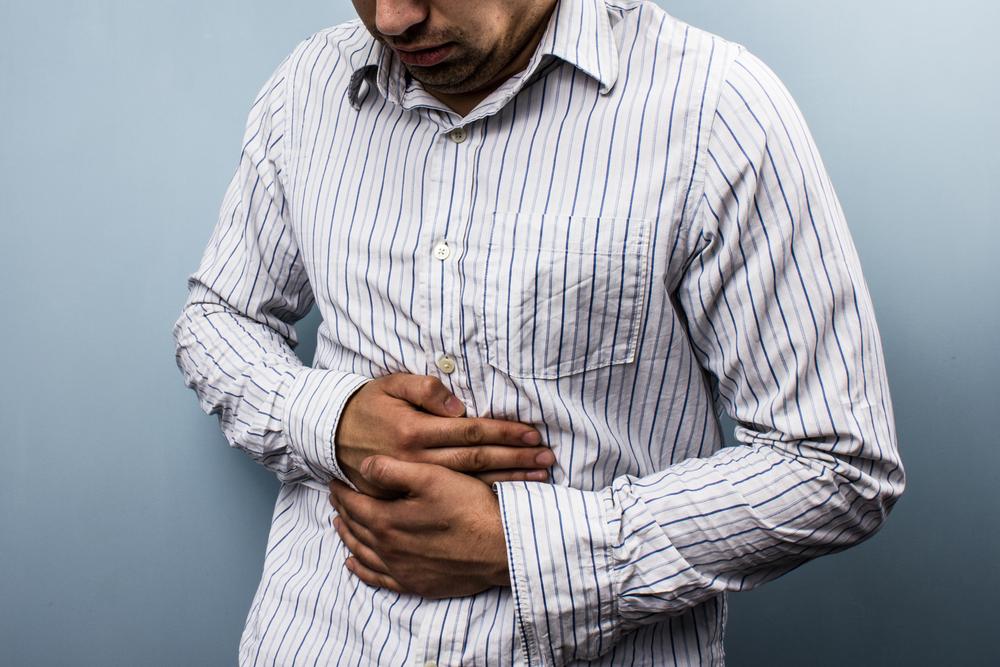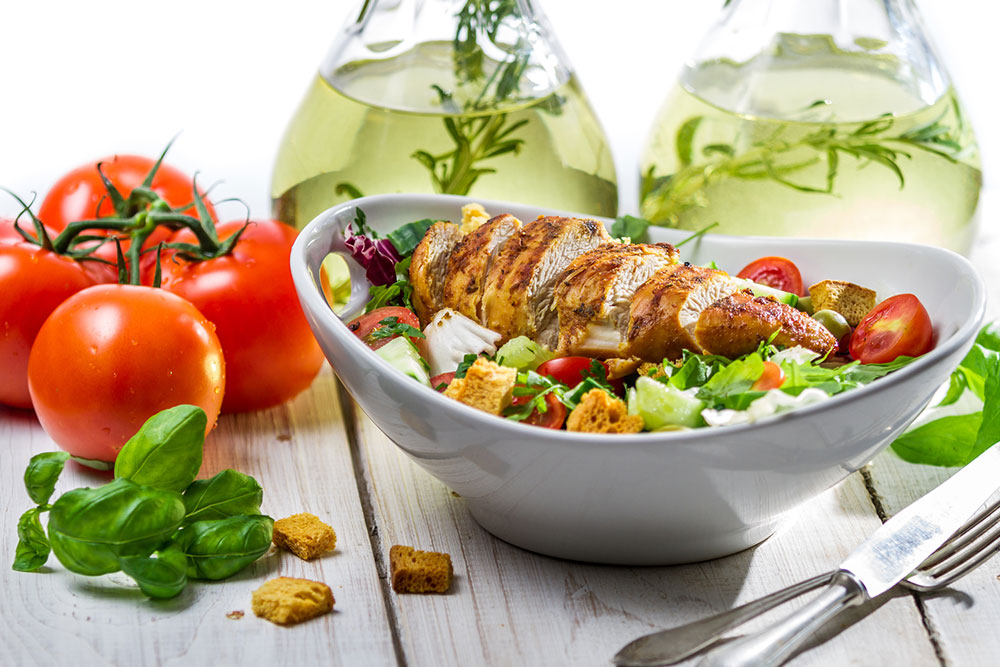Comprehensive Diet Strategies for Managing Diverticulitis: What to Eat and What to Avoid
This comprehensive guide provides detailed dietary strategies for managing diverticulitis, emphasizing foods to promote healing and those to avoid. It covers fiber intake, beneficial food choices, and lifestyle tips to prevent recurrence, combining clinical insights with practical recommendations for better digestive health.

Effective Dietary Guidance for Diverticulitis Relief: Foods to Incorporate and Steer Clear Of
Managing diverticulitis effectively hinges significantly on adopting proper dietary habits that can help reduce inflammation, promote healing, and prevent recurrences. When experiencing a flare-up or aiming to maintain remission, understanding which foods support recovery and which may trigger symptoms is crucial. A well-planned diet tailored to this condition not only alleviates discomfort but also sustains overall digestive health. This article provides a comprehensive guide to the optimal foods to consume and those to avoid, backed by the latest nutritional research and clinical guidelines.
Diverticulitis involves inflammation of small pouches called diverticula that form along the walls of the colon. These pouches can become infected or inflamed, leading to symptoms such as abdominal pain, bloating, nausea, vomiting, diarrhea, and constipation. If left untreated or poorly managed through diet, diverticulitis can escalate into more severe complications, including abscesses or perforation requiring surgical intervention. Therefore, dietary management becomes a cornerstone of both treatment and prevention.
The initial phase of managing diverticulitis often involves a liquid or low-fiber diet to allow the colon to heal. This includes clear broths, gelatin, and electrolyte drinks. As symptoms improve, a gradual reintroduction of solid foods is recommended, emphasizing gentle, easily digestible options that avoid irritating the inflamed colon. Transitioning to a high-fiber diet is typically encouraged once the acute symptoms resolve to prevent future flare-ups. However, it is essential to balance fiber intake carefully, as both too little and too much fiber can play a role in disease progression.
Recent studies emphasize the importance of a balanced fiber intake—around 25 to 30 grams daily for adults. Fiber plays a pivotal role in maintaining healthy bowel movements, softening stool, and reducing pressure within the colon. Soluble fiber, found in oats, apples, and beans, dissolves in water, forming a gel-like substance that can help regulate bowel function. Insoluble fiber, present in whole grains and vegetables like carrots and broccoli, adds bulk to stools and aids in preventing constipation. Striking the right balance ensures the colon remains healthy without causing irritation or overactivity.
Foods to prioritize include a variety of whole grains such as oats, brown rice, whole wheat pasta, and barley, which are excellent sources of fiber and nutrients. Vegetables like carrots, spinach, peas, and tomatoes provide water and fiber, making digestion smoother. Fruits like apples, raspberries, blueberries, and papaya contribute antioxidants, vitamins, and water content, aiding hydration and gut health. Incorporating legumes such as lentils, chickpeas, and beans further boosts soluble fiber intake, supporting digestion and reducing diverticular disease risk. Additionally, baked goods made from whole wheat or oats, along with moderate portions of dairy, can be part of a balanced diet as tolerated.
Conversely, certain foods should be avoided or limited to prevent exacerbating symptoms or complications. Nuts, seeds, and popcorn are commonly restricted, especially during flare-ups, due to their potential to lodge in diverticular pouches and cause inflammation. Red meats and processed foods are harder to digest and may contribute to increased intestinal pressure or inflammation. High-fat, greasy, or fried foods can slow digestion, worsen bloating, and increase discomfort. Patients should also watch out for foods that tend to trigger individual sensitivities, such as spicy foods or dairy in some cases.
Beyond diet, lifestyle factors play a vital role in managing diverticulitis. Maintaining a healthy weight through balanced nutrition and regular physical activity helps mitigate the risk of flare-ups. Staying well-hydrated by drinking plenty of water keeps stool soft and promotes smooth bowel movements. Avoiding smoking and managing stress are additional measures proven to support overall gut health. Regular check-ins with healthcare providers enable personalized dietary guidance and early detection of potential issues.
In summary, adopting a strategic diet tailored for diverticulitis involves increasing intake of fiber-rich foods during remission phases while avoiding irritants during flare-ups. Emphasizing whole grains, vegetables, fruits, and legumes supports digestive health and reduces recurrence risk. Simultaneously, steering clear of nuts, popcorn, red meats, and greasy foods minimizes the chance of aggravating inflamed diverticula. Combined with healthy lifestyle habits, these dietary principles create a comprehensive approach to effectively manage diverticulitis, improve quality of life, and promote long-term digestive wellness.
